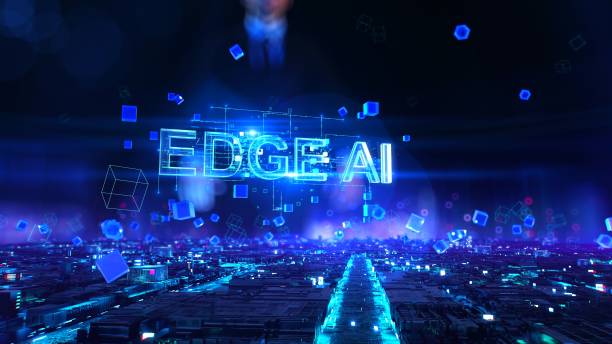
In an era increasingly defined by artificial intelligence, edge computing, and data-driven decision-making, it is easy to overlook the physical components that make this digital transformation possible. While software and algorithms grab headlines, it is the integration with robust hardware—sensors, actuators, and switches—that grounds industrial intelligence in the real world. Without physical devices capturing real-time data and enabling control, the promise of Industry 4.0 would remain just that: a promise.
Edge Computing Needs Reliable Inputs
The move towards edge computing (processing data closer to where it is generated) further highlights the importance of reliable hardware. Edge devices often operate in challenging environments with limited connectivity. Here, sensors and switches must be not only durable but highly precise, feeding clean, actionable data to local AI models or controllers. When a limit switch signals that a component has reached its endpoint, it can trigger a range of automated responses without needing to relay data back to a central server. This increases operational efficiency, reduces latency, and improves safety.
From Data to Diagnostics: Hardware in Predictive Maintenance
In predictive maintenance—a growing application of industrial AI—limit switches provide vital input. By tracking the number of operations or measuring the frequency of activation, systems can detect wear patterns, anticipate failures, and schedule maintenance before breakdowns occur. In this context, hardware is no longer passive; it becomes an active player in maintaining uptime and optimising workflows.
Building Smart Systems Starts with Smarter Components
Companies designing smart manufacturing systems must therefore consider hardware selection as strategically as software. Investing in high-quality components ensures data integrity and system reliability, for instance, limit switches designed for precision, longevity, and adaptability. From compact snap-action models to rugged designs suited for harsh conditions, these components are engineered to support the demands of modern intelligent systems.
The journey from AI concept to real-world application always passes through the physical layer. While machine learning algorithms and edge processors are impressive, they depend on accurate, real-time signals from the operational environment. Limit switches, along with other industrial-grade components, provide the feedback loops that keep intelligent systems grounded and responsive.
The success of industrial intelligence hinges on the seamless integration of smart software with reliable hardware. As we push the boundaries of automation and digital transformation, it is essential not to overlook the components that make it all possible. After all, even the most advanced AI system is only as good as the data—and hardware—that supports it.